The Importance of Wrist and Elbow Position
Many golfers struggle with their ball striking due to improper wrist and elbow positioning. Cowan emphasizes the significance of maintaining your right wrist angle and elbow position through impact. If you’re losing these angles, it can lead to inconsistent strikes and a lack of distance. The key takeaway here is that maintaining these positions at speed is crucial for enhancing your consistency at contact.
Phase One: The Backswing
The first phase of improving your swing is focusing on the backswing. Getting your trail arm in the correct position at the top of the backswing sets you up for success on the downswing. Cowan provided a brilliant exercise to help golfers maintain control during the backswing.
Elbow Control in the Backswing
Many golfers make the mistake of allowing their right elbow to drift away during the backswing. This movement can lead to a loss of control, making it difficult to achieve a powerful downswing. To combat this, Cowan recommends a drill: swap your hands so that your lead hand is below your top hand. This adjustment encourages the right elbow to stay down and close to your body during the pivot.
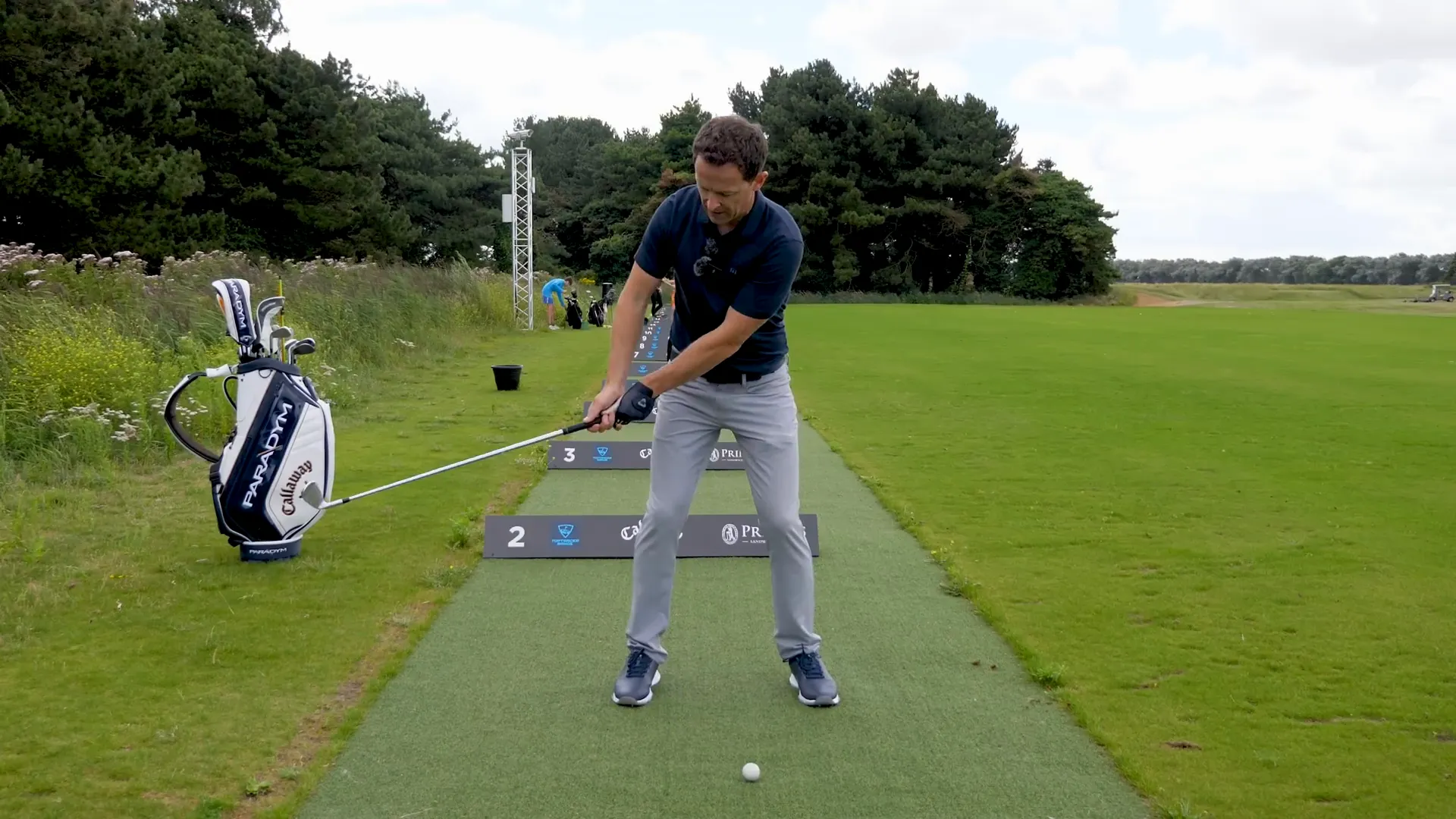
Mini Swings for Better Control
Start with mini swings to develop the feel for maintaining your trail elbow’s position. Swing back to about halfway, stop, and focus on keeping that elbow in the right spot. This drill helps in building muscle memory without overwhelming yourself with the entire swing mechanics.
Phase Two: The Downswing
Once you’ve nailed the backswing, it’s time to shift your focus to the downswing. This phase is crucial for controlling your wrist angle and elbow position as you approach impact.
Understanding the Right Arm Movement
According to Cowan, the key to a successful downswing is to “spin” your right forearm down to the golf ball. This doesn’t mean throwing the clubhead at the ball, which is a common mistake. Instead, you should focus on how your forearm rotates to maintain the correct wrist angle and elbow position.
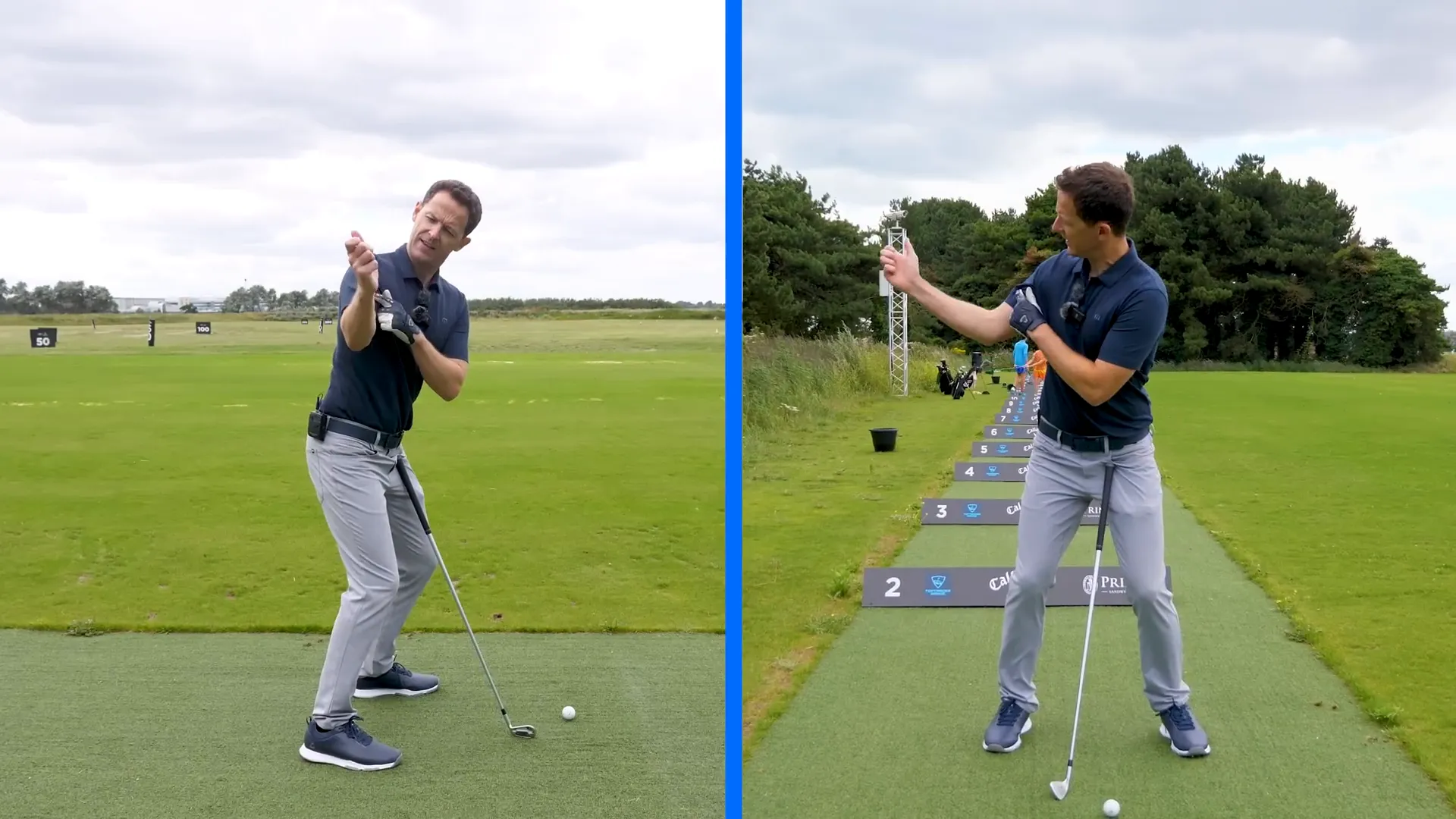
Drills for the Downswing
To practice this, hold the club in the middle of the shaft and position your trail elbow down. Then, practice rotating your forearm down to impact while keeping your wrist angle intact. This drill helps you visualize the movement without losing control of the club.
Connecting the Backswing and Downswing
Maintaining a connection between your backswing and downswing is vital. The pressure on the shaft should remain constant throughout the swing. If your hands stop moving during the swing, the club will be thrown off, leading to poor strikes. Therefore, continue moving your right side through impact to keep that pressure consistent.
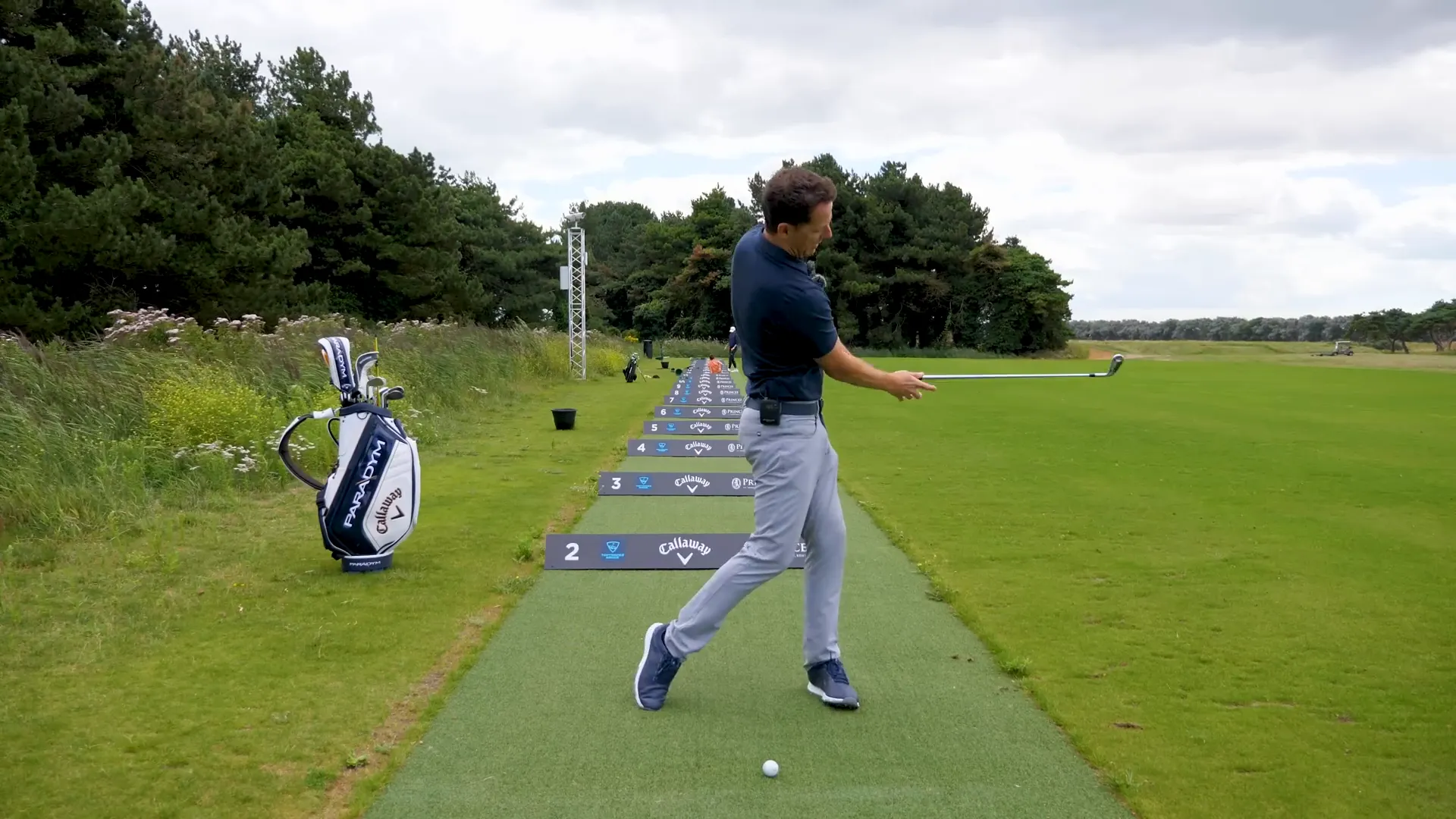
Practice Makes Perfect
These concepts may take time to master, but consistent practice will yield significant improvements. Start with small swings, focusing on the sensations of maintaining wrist angles and elbow positions. The more you practice, the more natural these movements will feel.
Final Thoughts
Improving your golf swing is a journey that requires patience and dedication. By focusing on the backswing and downswing, and emphasizing the importance of wrist and elbow positioning, you can enhance your game tremendously. Remember, don’t rush into the downswing until you have your backswing solidified.
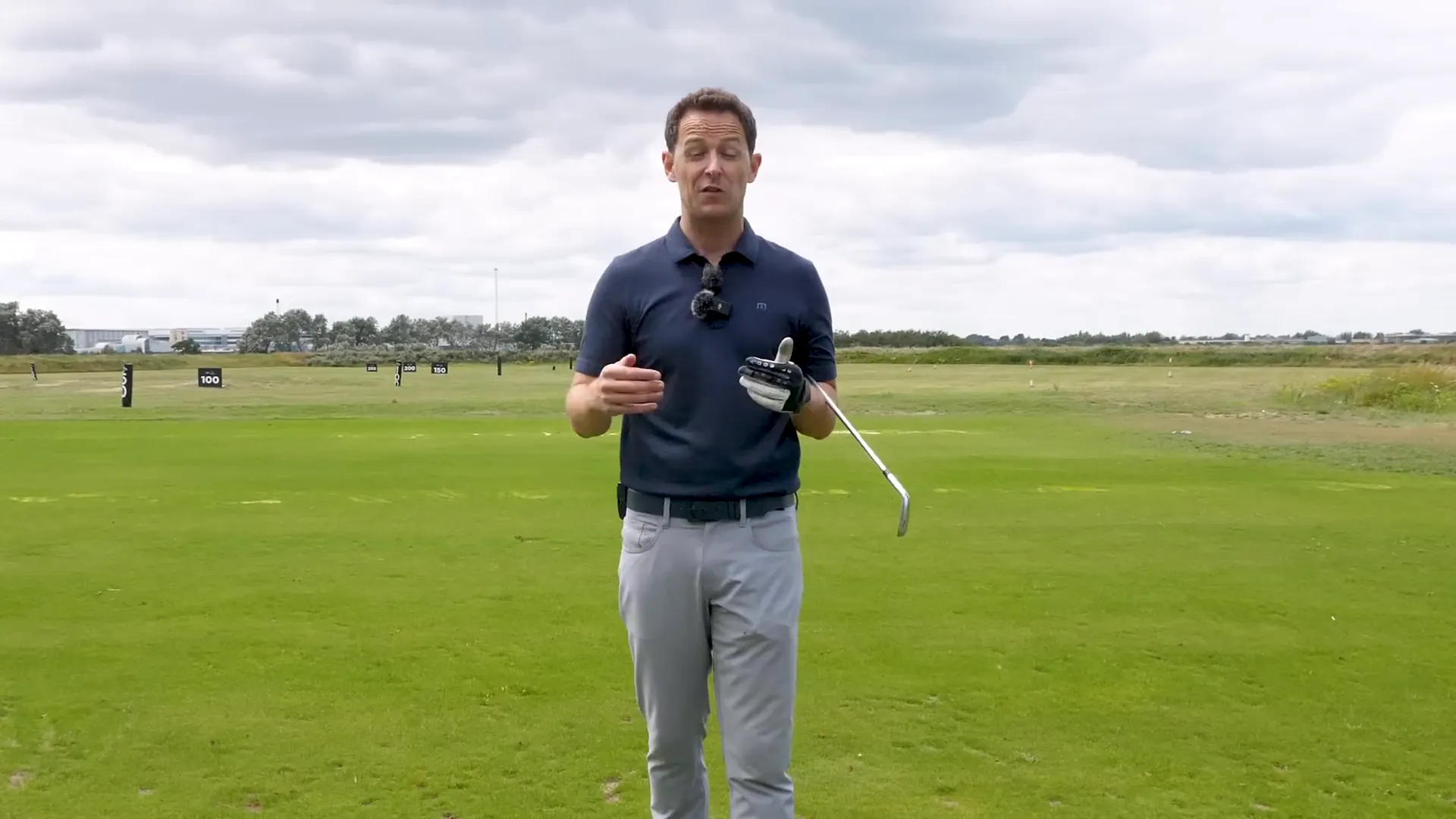
If you found this information valuable, consider subscribing for more tips and drills to help you improve your golf game. Remember, practice guides are available to assist you in your training. Until next time, enjoy your golfing journey!

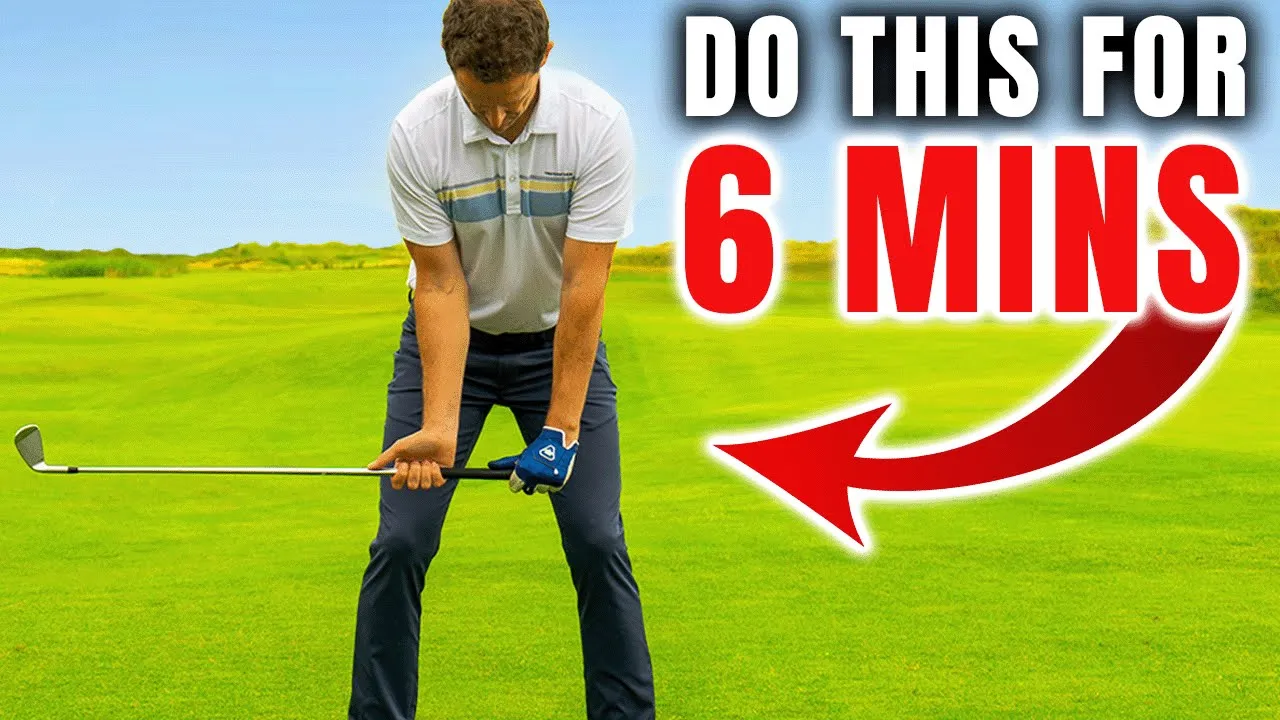
0 Comments